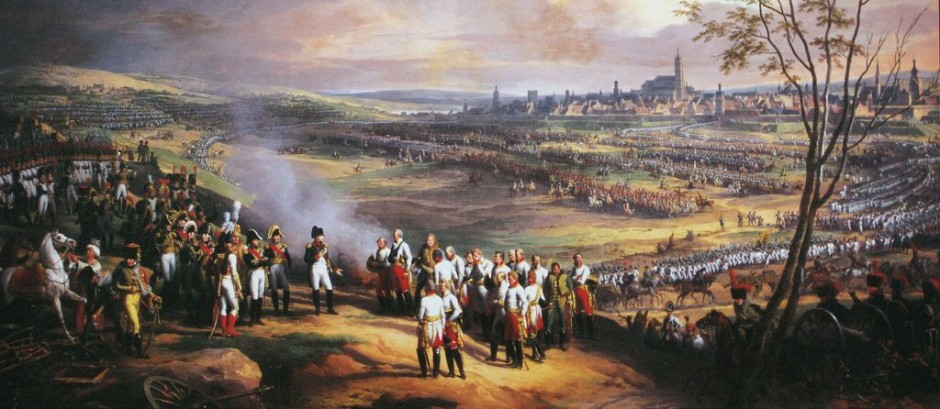Conrad-Demarest Model of Empires
- Necessary preconditions in order for empire to exist—the region must have:
- State-level government
- High agricultural potential of the environment
- An environmental mosaic
- Several small states with no clear dominant state (power vacuum)
- Mutual antagonism among those states
- Adequate military resources (or a military or technological advantage)
- The spark that yields empire once the necessary preconditions are met is an ideology that promotes personal identification with the state, empire, leader, conquest, and/or militarism
- Characteristics of well-run empires
- Build roads and transportation systems, canals, ports, etc.
- Trade increases
- Cosmopolitan cities—art and education flourish
- Effective bureaucracy to ensure communication, collect taxes, oversee coinage, ensure the emperor’s laws are enforced
- Common official language (communication)
- System of justice, law for entire empire
- Citizenship or rights extend in some degree to conquered; must be some buy-in
- Major results of empire:
- Economic rewards, especially in the early years, redistributed to elite and trickles down to other classes (esp. merchants, scribes, etc.)
- Relative stability and prosperity
- Population increase
- Empires fall because:
- Failure or leadership; focus on wealth, etc. not the needs of the state
- Ideology of expansion and conquest leads to attempting new conquests beyond a practical limit: overstretching of bureaucracy, military, resources, communications
- Lack of new conquests erodes economic base and lessens faith in ideology that supported the empire
- Rebellions from within/ challenges from without
The Conrad Demarest Model of Empire: India Basic Principles
- Necessary preconditions for the rise of empires:
- state-level government- Centralized, patriarchal government. Chandragupta Maurya relied on priest advisors to make decisions. Developed a bureaucracy and relied heavily on military power. Split land into 4 sections to be ruled more justly by individual attention.
- high agricultural potential in the area- originated in the Indus river valley. Regular flooding aided the land with fertile soil to farm with.
- an environmental mosaic – much of India filled with climate extremes. Himalaya Mountains to the north kept out invaders and nomadic people. Deserts fill much of the land mass and make settlement difficult.
- several small states with no clearly dominant state (power vacuum)- small civilizations began along the river. Water was easy passage for trade, (also convenient irrigation system) people quickly united as an empire.
- mutual antagonisms among those states-
- adequate military resources- job specialization allowed for distinction between regular citizens and soldiers. Natural resources such as terra cotta and clay used to make weapons. Water passage allowed for easy transportation of troops.
- The primary reason a state succeeded in empire building was an ideology supporting personal identification with the state, empire, conquest, and militarism-
Chandragupta united the people under one empire after others such as Alexander the Great had failed. Chandragupta’s empire extended from Kashmir in the north to Deccan plateau in the south.
III. The major rewards of empire:
- economic rewards, reaped especially in the early years and redistributed to the elite and often to all levels of the citizenry- began Mediterranean trade as empire expanded. Brought in new spices, cloths, and allowed cultural diffusion. Learned of and gained precious medals from other civilizations to be incorporated into jewelry, art, and weapons.
- population increase, often supported by the government and its ideology- as golden age continued population grew. Job specialization allowed and called for more people to expand all aspects of the civilization. Farmers, artisans and soldiers needed constantly.
- Empires fall because:
Empire fell after extended battles in the 4th century to the White Huns after they invaded. The people became disoriented and disunited and the golden age ended as India fell into a time of darkness. The people stayed disunited as small Hindu kingdoms until they were re-united in the 7th century by the Muslim people.
